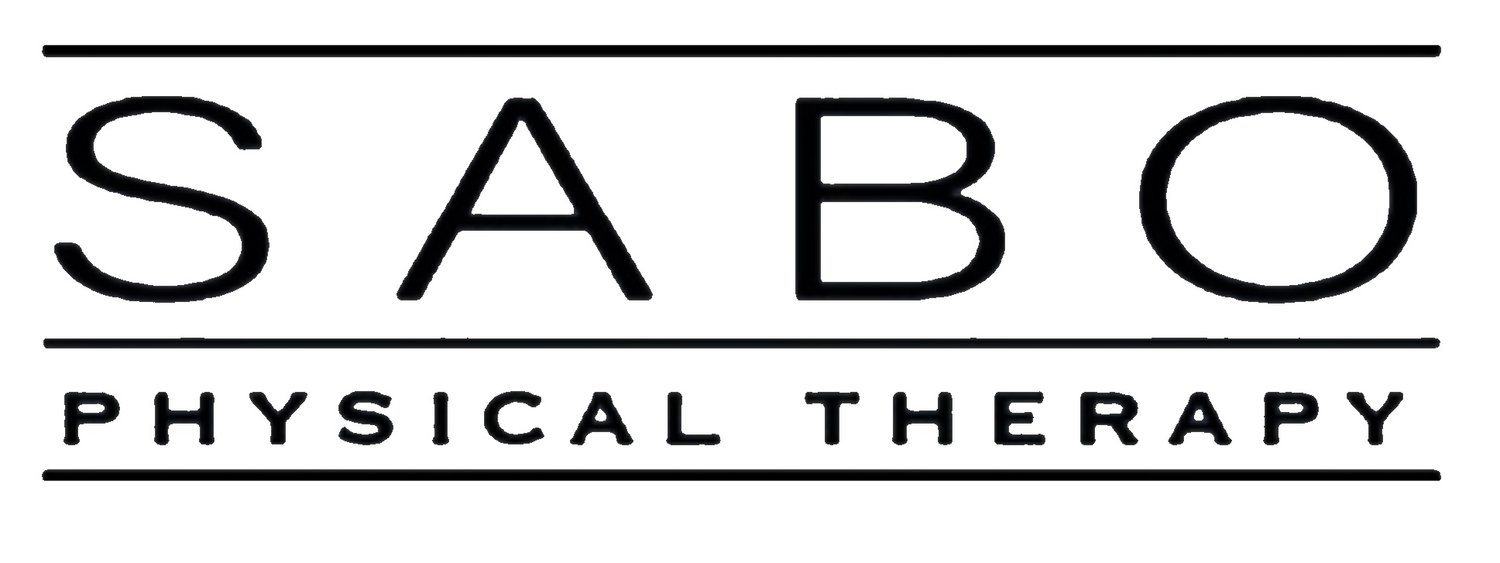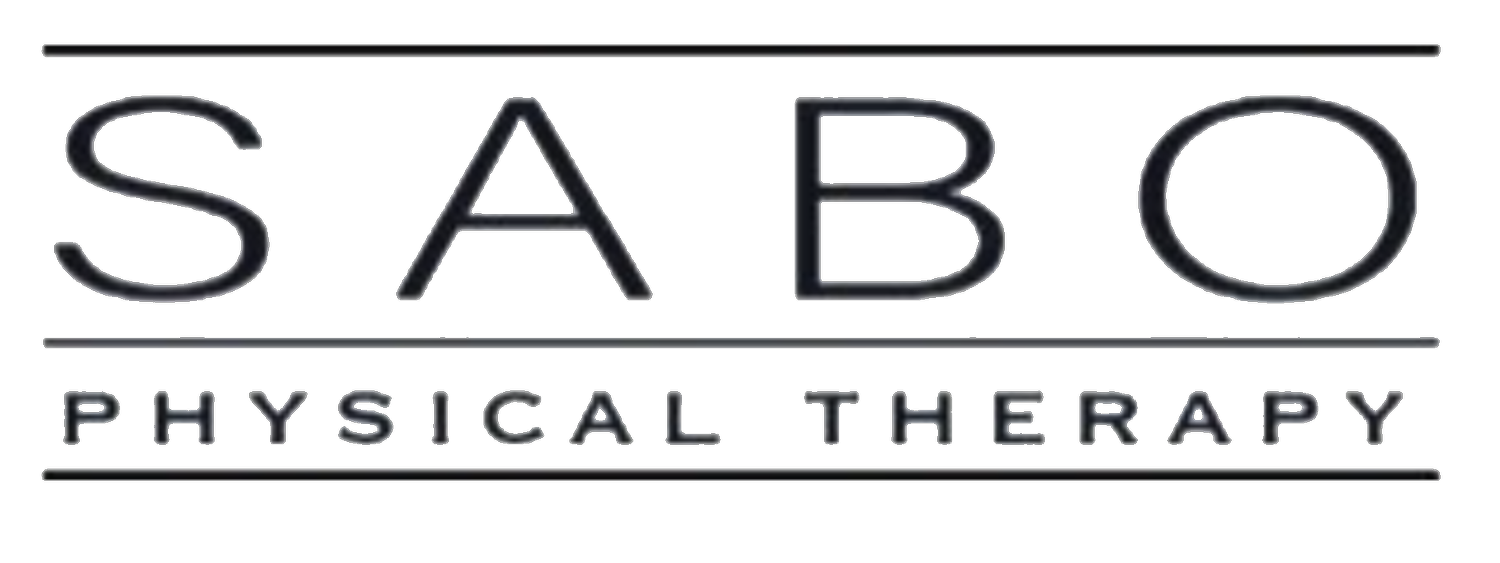Achilles tendon pain
Pain in the Achilles tendon can occur in athletes and non-athletes, in people of all ages, and is one of the most common overuse foot and ankle injuries. It can be quite bothersome, and even just taking a step can cause excruciating pain. Apparently this type of pain has been around for a long time, as referenced in the old phrase “Achilles heel”.
Pain in the Achilles tendon is often called Achilles tendonitis, but this is incorrect, as “-itis” implies inflammation, but apart from an acute injury, the nagging pain associated with this is better classified as Achilles tendinopathy. The following recommendations are specific to sub-acute or chronic mid-portion Achilles tendinopathy.
Recovery can be a battle and requires a systematic and consistent approach. This can best be done under the supervision of a qualified PT. Even once resolved, symptoms can recur, and it must be addressed as soon as warning signs are felt.
People dealing with Achilles tendinopathy often become frustrated due to its effect on daily life and participation in desired activities. Other frustrations include:
· conflicting information from providers
· dissatisfaction with treatment options
· fear avoidance beliefs (when someone stops doing things that are painful due to fear of worsened pain, injury, or tendon rupture)
These frustrations can cause a lack of belief in the benefit of strength training exercise for Achilles tendinopathy and push people towards passive treatment (such as massage, ultrasound, dry needling, all of which are ineffective). This then leads to a lack of motivation to participate in the exercises due to feeling a lack of control, seeing the exercise as tedious, and getting frustrated with slow progress.
There is strong evidence that mechanical loading of the Achilles tendon, either through eccentric or heavy load slow speed exercise reduces pain and improves function. The goal of the exercise is to improve the capacity of the tendon to manage load.
Complete rest is not indicated – continue with your normal recreational activities as far as pain allows.
Repetitive loading (such as walking/running) is unlikely to stimulate enough adaptive changes in the tendon to alter symptoms.
Exercise prescription is based on level of pain, weakness, patient goals, and desired activity level. Your PT will customize your program to your needs.
Isometrics are helpful for pain control, progressing to mid-range strengthening exercise to avoid painful tendon compression at end range of motion.
2 – 3 minute rest periods between sets and adequate rest days between workouts are important for tendon healing.
Rehab can take 3-4 months of consistent work.
Your PT will also assess and address the entire kinetic chain, the movements involved in your sport or desired activity, and any movement dysfunction that might contribute to injury risk.
So see a good PT and get back on your feet!
Turner J, Malliaras P, Goulis J, Mc Auliffe S. "It's disappointing and it's pretty frustrating, because it feels like it's something that will never go away." A qualitative study exploring individuals' beliefs and experiences of Achilles tendinopathy. PLoS One. 2020 May 29;15(5):e0233459. doi: 10.1371/journal.pone.0233459. PMID: 32469914; PMCID: PMC7259496.
Martin RL, Chimenti R, Cuddeford T, Houck J, Matheson JW, McDonough CM, Paulseth S, Wukich DK, Carcia CR. Achilles Pain, Stiffness, and Muscle Power Deficits: Midportion Achilles Tendinopathy Revision 2018. J Orthop Sports Phys Ther. 2018 May;48(5):A1-A38. doi: 10.2519/jospt.2018.0302. PMID: 29712543.
Beyer R, Kongsgaard M, Hougs Kjær B, Øhlenschlæger T, Kjær M, Magnusson SP. Heavy Slow Resistance Versus Eccentric Training as Treatment for Achilles Tendinopathy: A Randomized Controlled Trial. Am J Sports Med. 2015 Jul;43(7):1704-11. doi: 10.1177/0363546515584760. Epub 2015 May 27. PMID: 26018970.
Brumitt J, Cuddeford T. CURRENT CONCEPTS OF MUSCLE AND TENDON ADAPTATION TO STRENGTH AND CONDITIONING. Int J Sports Phys Ther. 2015 Nov;10(6):748-59. PMID: 26618057; PMCID: PMC4637912.
Malliaras P, Cook J, Purdam C, Rio E. Patellar Tendinopathy: Clinical Diagnosis, Load Management, and Advice for Challenging Case Presentations. The Journal of orthopaedic and sports physical therapy. 2015 Sep:1-33. (level of evidence: 2a)
https://www.physio-pedia.com/Tendinopathy

